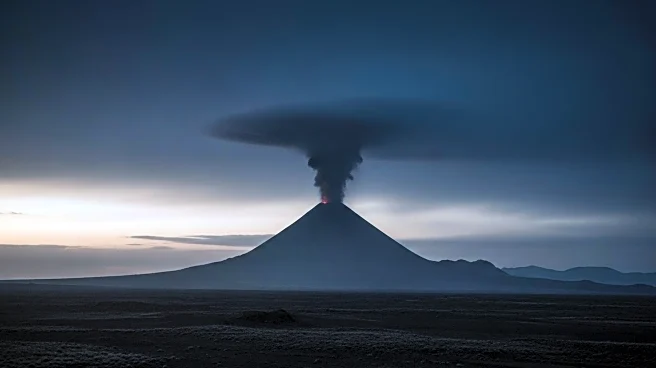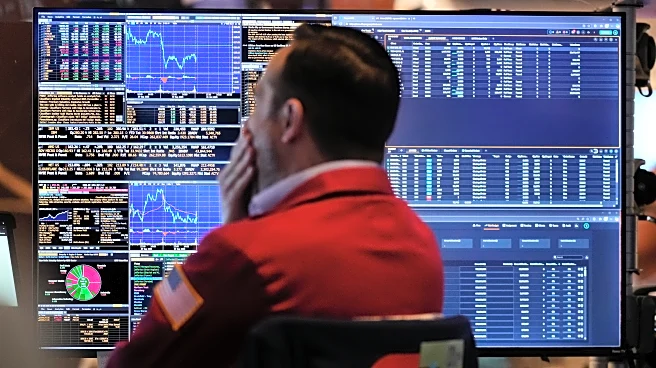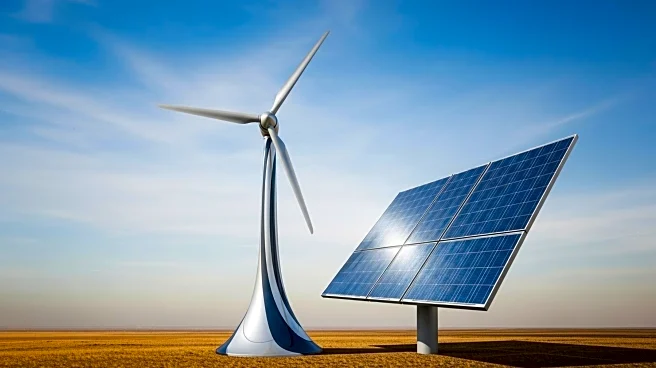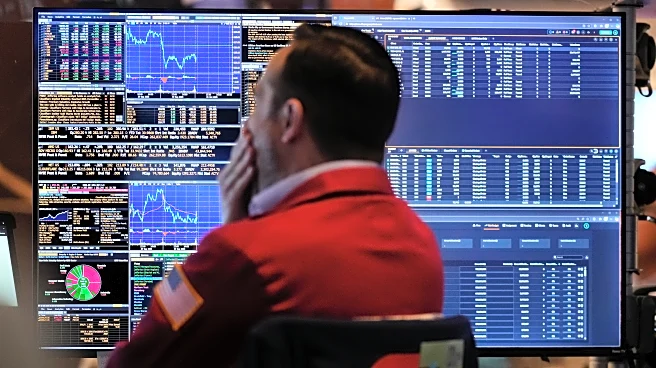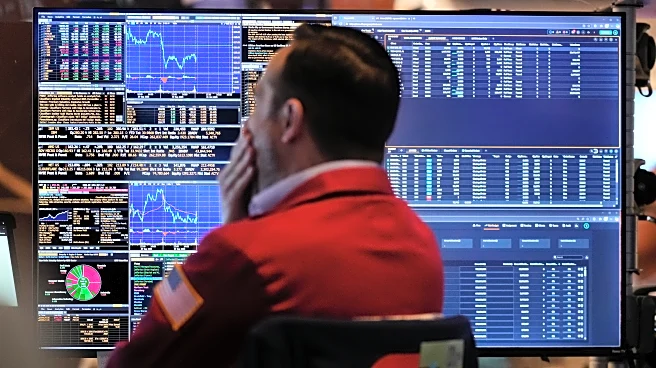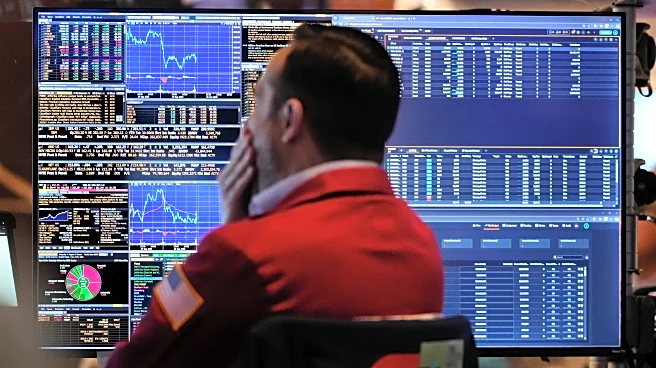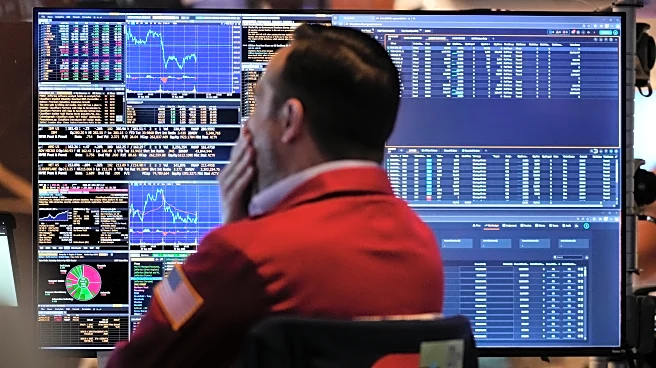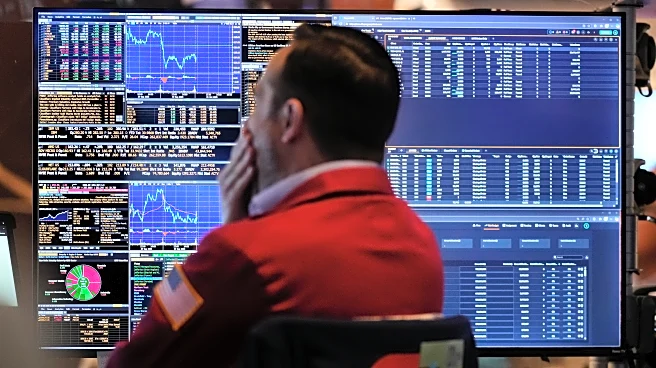What is the story about?
What's Happening?
According to Professor Michael McCormick, a medieval historian at Harvard University, the year 536 CE was the most devastating year in human history. This conclusion is based on the occurrence of a 'volcanic winter' triggered by an eruption in Iceland, which led to 18 months of ash clouds darkening skies across Europe, the Middle East, and parts of Asia. The eruption caused temperatures to drop significantly, resulting in failed harvests and widespread famine. The coldest year of the coldest decade in 2,300 years, 536 CE saw summer temperatures in Europe fall by about 2.5 degrees Celsius below average. The climatic disruptions continued with subsequent eruptions in 539 and 540, marking the beginning of the Late Antique Little Ice Age, which lasted until about 660 CE. These events occurred shortly after the fall of the Western Roman Empire, exacerbating the impact on the population, which was already suffering from malnutrition and weakened immunity.
Why It's Important?
The identification of 536 CE as the worst year in human history highlights the profound impact of natural disasters on human societies. The volcanic winter and subsequent climatic disruptions led to significant social and economic upheaval, including the spread of the Justinian plague, which killed millions and devastated the Byzantine Empire. This historical analysis underscores the vulnerability of human civilizations to environmental changes and the potential for natural events to trigger widespread societal shifts. The study of such events provides valuable insights into the resilience and adaptability of societies in the face of environmental challenges, which is increasingly relevant in the context of contemporary climate change concerns.
What's Next?
While the historical analysis of 536 CE provides a retrospective understanding of the impact of natural disasters, it also serves as a cautionary tale for modern societies. Researchers continue to study the effects of volcanic eruptions and other natural events to better predict and mitigate their impacts. The ongoing research into historical climate disruptions can inform current strategies for dealing with climate change and its potential consequences. As the global community grapples with environmental challenges, lessons from the past may guide future policies and preparedness efforts.
Beyond the Headlines
The reinterpretation of 536 CE as the worst year in history reflects contemporary concerns about climate change and environmental disasters. The fascination with this historical event highlights how academic research and public imagination can influence each other. The study of past volcanic eruptions, such as the Laki eruption in 1783 and Mount Pinatubo in 1991, demonstrates the far-reaching effects of such events on global weather patterns and societal conditions. These historical examples emphasize the importance of understanding and preparing for the potential impacts of future natural disasters.
AI Generated Content
Do you find this article useful?
